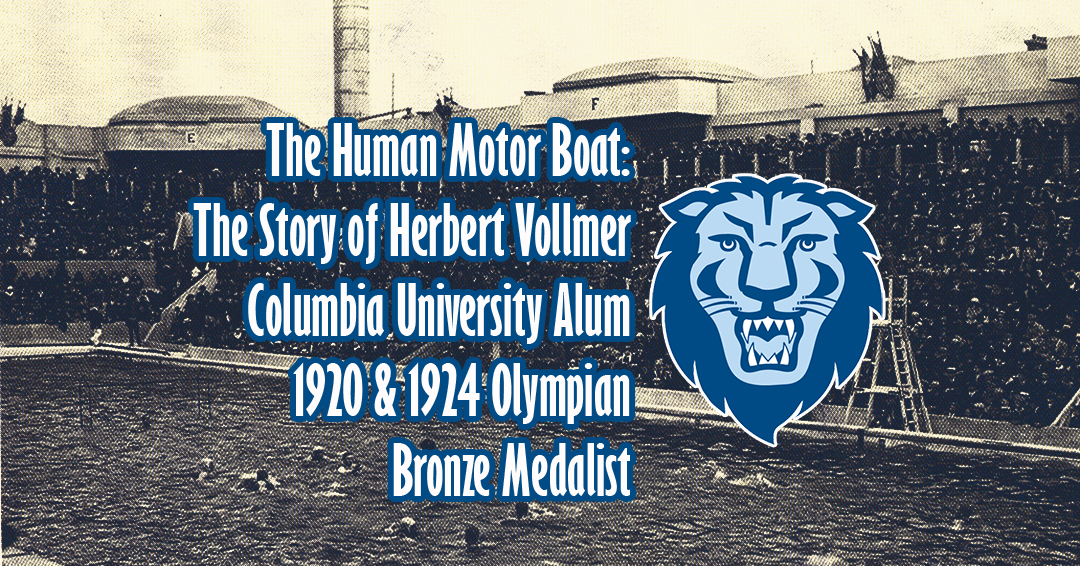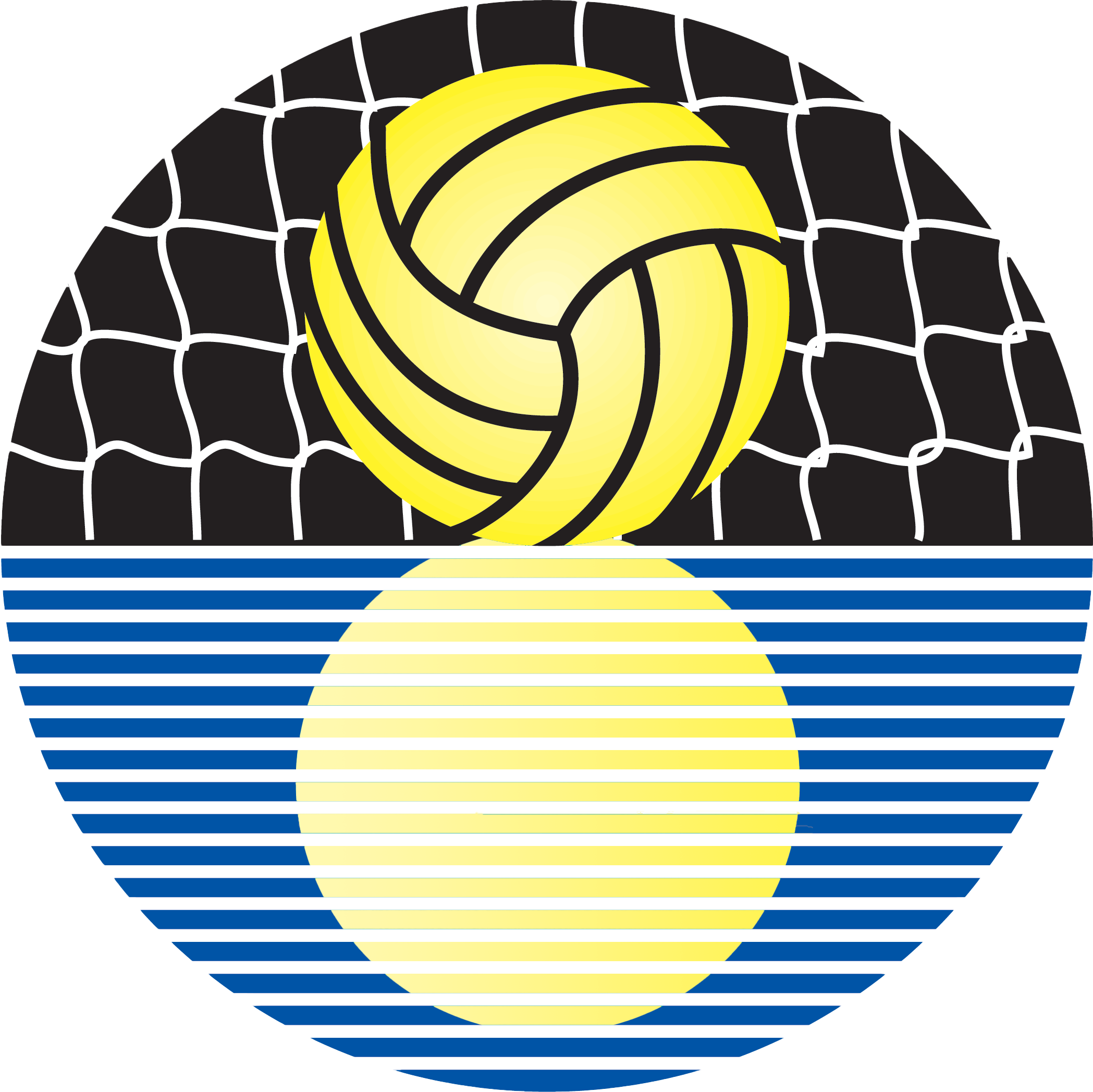BRIDGEPORT, Pa. — As the Olympic Games in Tokyo approach, the Collegiate Water Polo Association (CWPA) continues to look back at athletes from member institutions which earned spots and glory in past Olympic water polo tournaments.
A 1990 inductee to the International Swimming Hall of Fame as a Pioneer Swimmer and a 1976 charter member of the USA Water Polo Hall of Fame, Herbert “Hal” Eberhard Jordan Vollmer made his mark as a swimmer and a water polo during the first half of the 20th century.
A native of New York, Vollmer (February 15, 1895–November 8, 1961), similar to the majority of other water polo players during his time period, he graduated Stuyvesant High School and served in the Navy as a lieutenant during World War I.
Following his service, he started out as a swimmer and was the IC4A champion in 1915 and 1916 while a student at Columbia University. His biggest day came on February 17, 1916 when he set three world indoor records in the 150 yard, 200 yard and 500m freestyle en route to capturing the metropolitan 220 yard championship.
A football player and track athlete at Columbia as well when not swimming or competing in water polo, Vollmer was known to his teammates as “the Prince of Wales”, due to his fastidious dress and physical resemblance, and was called the “human motor boat” by New York sports writers and his colleagues at the New York Athletic Club due to his speed in the water.
He swam for Ed Kennedy at Columbia and Otto Wahle at the New York Athletic Club. Kennedy called him “the greatest intercollegiate swimmer and American softball water polo player of the teens, twenty’s and thirty’s.” He won six straight National Collegiate Athletic Association (NCAA) intercollegiate titles in the 100 and 200 yard freestyles. In 1915, as a freshman, Vollmer held every freestyle intercollegiate record from the 100 to 440 yards. In 1916, perhaps his best year, he set outdoor world marks at 150 yards, 220 yards and 500 meters and also beat the great Duke Kahanamoku at 200 yards. His world records were 1:29.8 for 150 yards, 2:10.8 for 200 yards, 2:24.6 for 220 yards and 200 meters, 3:55.4 for 300 meters and 6:15.6 for 500 meters. His records were all indoors and short course.
He missed out on the 1916 Olympics due to the game’s cancellation caused by World War I and never appeared in the Olympics as a swimmer – although he held the world record in some events at the time the Olympics would have been held in Berlin.
Upon graduating Columbia in 1918, he sought to find another path to the games and appeared in three games for the 1920 United States Olympic team which placed Fourth in Antwerp, Belgium, under the guidance of Wahle. The trip over to the Olympics was noteworthy as the United States Olympic Committee booked last minute arrangements for the entire group of U.S. representatives on the ship Princess Matoika. Traveling on a ship that was “dirty, vermin-ridden, especially with rats, with poor service, poor quarters, and insufficient sanitary arrangements and incompetent crew,” per accounts of the time, Wahle built a 12′ by 9′ swimming specially constructed on the deck to allow the Americans to practice as a group for the first time.
After helping the New York Athletic Club to the 1920 AAU Junior National Championship, he returned to the Olympics four years later in Paris as team captain and scored three goals over five matches as the United States claimed the Bronze Medal. Once again, Wahle served as head coach for the games as head coach Harry Hebner – who was Vollmer’s teammate on the 1920 squad – did not attend.
A member of the AAU Senior Metropolitan Championship teams of 1924 and 1927, Vollmer was a stalwart of the New York Athletic Club. He was a member of the team that won the AAU Senior outdoor title in 1929 and 1930 and he played on the AAU Senior indoor championship teams in 1922, 1929, 1931, 1935 and 1936. His last time in 1936 came at the age of 41. It marked his last appearance in international competition as well as he missed out on making the 1936 squad that finished Ninth in Berlin and served as an alternate for the team.
His playing days of American “Tarzan” softball water polo came to an end in 1936 by force as the game was abandoned for being too dangerous and violent. The game was designed to suit the small pools that were common then in the United States. There were few rules and any player within four yards of the goal could be tackled whether he had the ball or not. Goals were scored by touching goal boards four feet long by one foot high, at each end of the pool.
Outside of the water, Vollmer became a real estate broker in New York until his death in 1961 at the age of 66.




